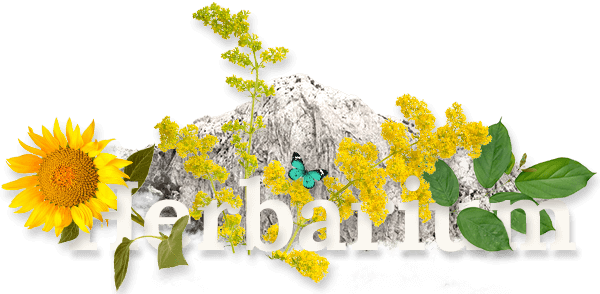Izradu internetske stranice sufinancirala je Europska unija u okviru operativnog programa Konkurentnost i kohezija iz Europskog fonda za regionalni razvoj.
saznajte više
Distribution and Habitat:
Peppermint is found growing wild in the moist soils of the warmer parts of Europe, Asia, and America. It was cultivated in Europe but also in America, where it has become a vital crop over the last one hundred years. Peppermint is a perennial shrub which grows best in very moist soils with high water-holding capacity. While the plant has proved invaluable in medicine, for both topical and oral uses, it is also used widely in the perfume, soap and of course the food industries, becoming the most commercially important of the Mentha species. It has a fresh odor and a persistent cooling taste.
Plant Description:
The peppermint plant grows to about 2-3 feet in height. It produces very small purple or white flowers that bloom from July through August. The leaves are dark green and fragrant.
Plant Parts Used:
The leaves are harvested when the plant is in bloom and the leaves are at their most flavorsome. The oil is used for pharmaceutical preparations, as well as a flavor for gum and candy, etc… The stems and leaves can be used for tea.
Pharmaceutical use:
Peppermint as a tea has become very popular and it is thought to have a number of health benefits for variety of ailments such as biliary disorders, dyspepsia, enteritis, ?atulence, gastritis, intestinal colic, and spasms of the bile duct, gallbladder, and gastrointestinal tract.
When the steam from the tea is inhaled it can ease sinus congestion and the inflammation of the mucous membrane in the nose and throat. In Germany, peppermint leaf tea has been licensed for use during indigestion or dyspepsia. The oil has been used as an herbal pain relief and is a common ingredient in products aimed at athletes to soothe sore muscles. Peppermint oil, as an external treatment, has been approved for myalgia, muscle pain, and neuralgia and nerve pain. The essential oil of peppermint has been used as a topical application to repel insects. In India, researchers at the Malaria Research Centre in Delhi have found that the oil repels adult mosquitoes and can kill the larvae. This, in turn, can have positive effects on diseases such as Dengue Fever and Malaria. The camphor or menthol, derived from the peppermint oil is used as an antiseptic when treating colds, as a topical counter-irritant. It has been shown, that peppermint oil can reduce the muscle spasms in the upper and lower gastrointestinal tract of patients undergoing endoscopies, barium enemas, and colonoscopies and also that peppermint oil in capsule form can relax the muscle in the stomach and small intestine, which would ease cramping. It has been approved for internal use by the German Commission E, to effectively treat the gastrointestinal tract, gallbladder, and bile ducts. It is also approved for irritable colon and as a remedy for irritable bowel syndrome, where it has been shown to provide mild relief for the symptoms of flatulence, abdominal pain, and distension. A number of studies have investigated the antioxidant effect of Mentha piperita. For example, an aqueous solution of previously frozen, yet fresh leaves were found to have the highest level of oxygen radical absorbance capacity, among a group of other popular medicinal herbs. It was also found to have a higher free radical scavenging capacity than other species in the genus Mentha and off all tea infusions, it was the peppermint tea that was found to have the greatest antioxidant capacities. It has been noted that peppermint may have cancer-fighting and anti-tumor abilities. It was shown to significantly suppress the effect of okadaic acid which promotes tumor formation.
Mint contains anti-inflammatory properties that soothes the inflamed tissues and reduces the pain. Mint has excellent moisturizing properties and can be used on your skin to nourish your skin from deep within. You can also use mint oil to nourish and moisturize your hair and dry scalp. Mint acts wonders as a skin toner. Mint oil, used as a facial mist throughout the day can enhance your skin and can also remove dark circles and heal acne scars. Mint leaves also contain salicylic acid and Vitamin A, which naturally cures pimples and acne. It controls the secretion of excess oil and prevents clogged pores, preventing fresh outbreaks. Massage is the most effective way to use mint oil to relieve muscle pain caused by too much strenuous activity. Massage warms the skin and the underlying muscles, and the manipulation of tissue disperses the lactic acid that causes the pain. The scent of the oils used to enter the brain through the nose and the body through the skin and are carried right through the system in the circulation.
Cautions:
Please be aware that herbs, although natural can interact with certain medications, and that they may be ill advised to use under certain health conditions. Please consult a qualified health practitioner for cautions pertinent to you.
No therapeutic claim is made or intended for AZENA products. Information is for educational purposes only.





